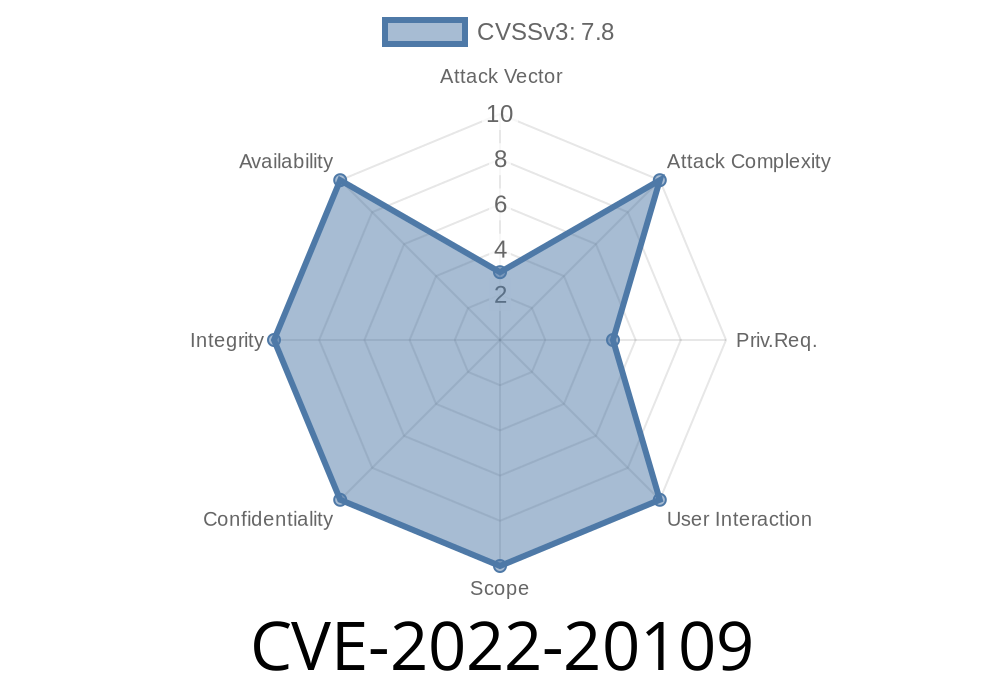A new security vulnerability, identified as CVE-2022-20109, has been recently found in the Ion component of Android devices. In this post, we will dive deep into the vulnerability details, including the issue it causes, its exploit potential, and how to fix it. So, let's get started!
Vulnerability Details
CVE-2022-20109 is a potential Use After Free (UAF) vulnerability that occurs due to improper updation of reference count in the Ion system. This could potentially lead to a local escalation of privileges for an attacker without needing any additional execution privileges. Furthermore, user interaction is not needed for exploitation, making it a critical vulnerability for end-users.
Exploit Details
To exploit this vulnerability, an attacker would have to leverage the improper reference count updation to create a UAF condition. This UAF condition could then be utilized as a means for local privilege escalation, allowing potential manipulation of system resources or unauthorized access to sensitive information.
It's important to note that this vulnerability is not remotely exploitable and requires the attacker to have local access to the targeted device. Nevertheless, it could still pose a significant risk if left unpatched, as an attacker with access to the device may inflict significant damage.
The following code snippet provides a simplified representation of the vulnerable code and the UAF condition:
int update_reference_count(ion_object *obj, int count) {
// Improper reference count updation
obj->ref_count = count;
if (count <= ) {
free(obj); // Possible use after free
}
}
Patch Information
The Android Security team has been quick to address this vulnerability and has provided a patch under Patch ID: ALPS06399915. Users are recommended to update their devices as soon as this patch is available for their specific device model.
To provide more information on the affected Android versions and applicable patches, here are the relevant links to the original references:
1. Android Security Bulletin: https://source.android.com/security/bulletin
2. CVE-2022-20109 Details: https://cve.mitre.org/cgi-bin/cvename.cgi?name=CVE-2022-20109
Conclusion
In conclusion, CVE-2022-20109 is a security vulnerability in Android's Ion component that could lead to local escalation of privilege for an attacker without needing user interaction or additional execution privileges. It's essential for Android users to keep their devices up-to-date and apply the provided patch (Patch ID: ALPS06399915) as soon as possible to mitigate any potential risks associated with this vulnerability.
Timeline
Published on: 05/03/2022 20:15:00 UTC
Last modified on: 05/11/2022 15:50:00 UTC
